As the vibrant hues of summer slowly fade into the crisp embrace of autumn, many gardeners want to prolong their time in the garden while preparing for a blooming spring. Evidently, nature offers a perfect solution – planting bulbs in the autumn.
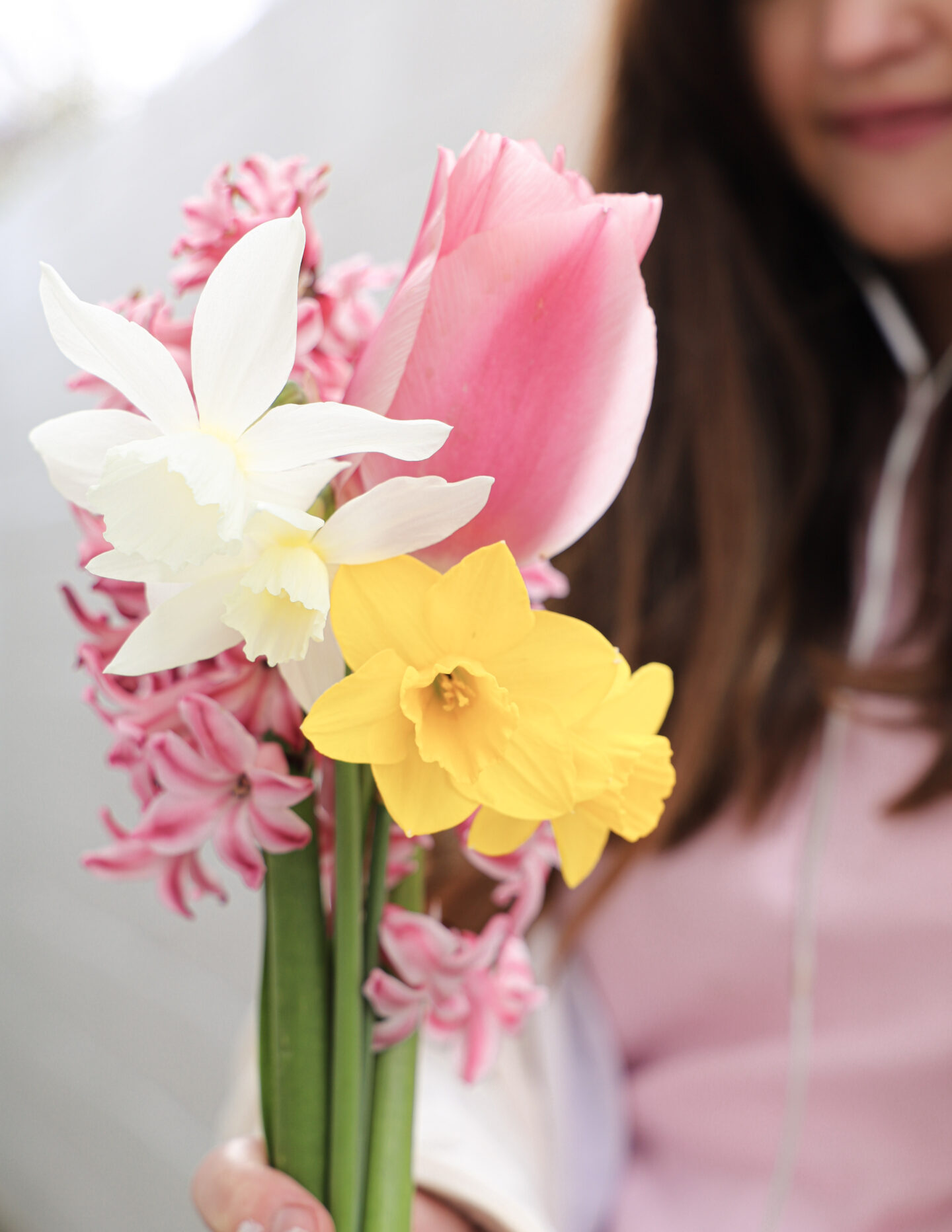
These seemingly unassuming treasures, when carefully nurtured, hold the promise of vibrant spring blooms that can turn any garden into an array of colours.
In this blog post, I will take you through some of my tips for planting bulbs in the autumn while exploring the process that allows us to witness nature’s magic unfold as winter gives way to spring.
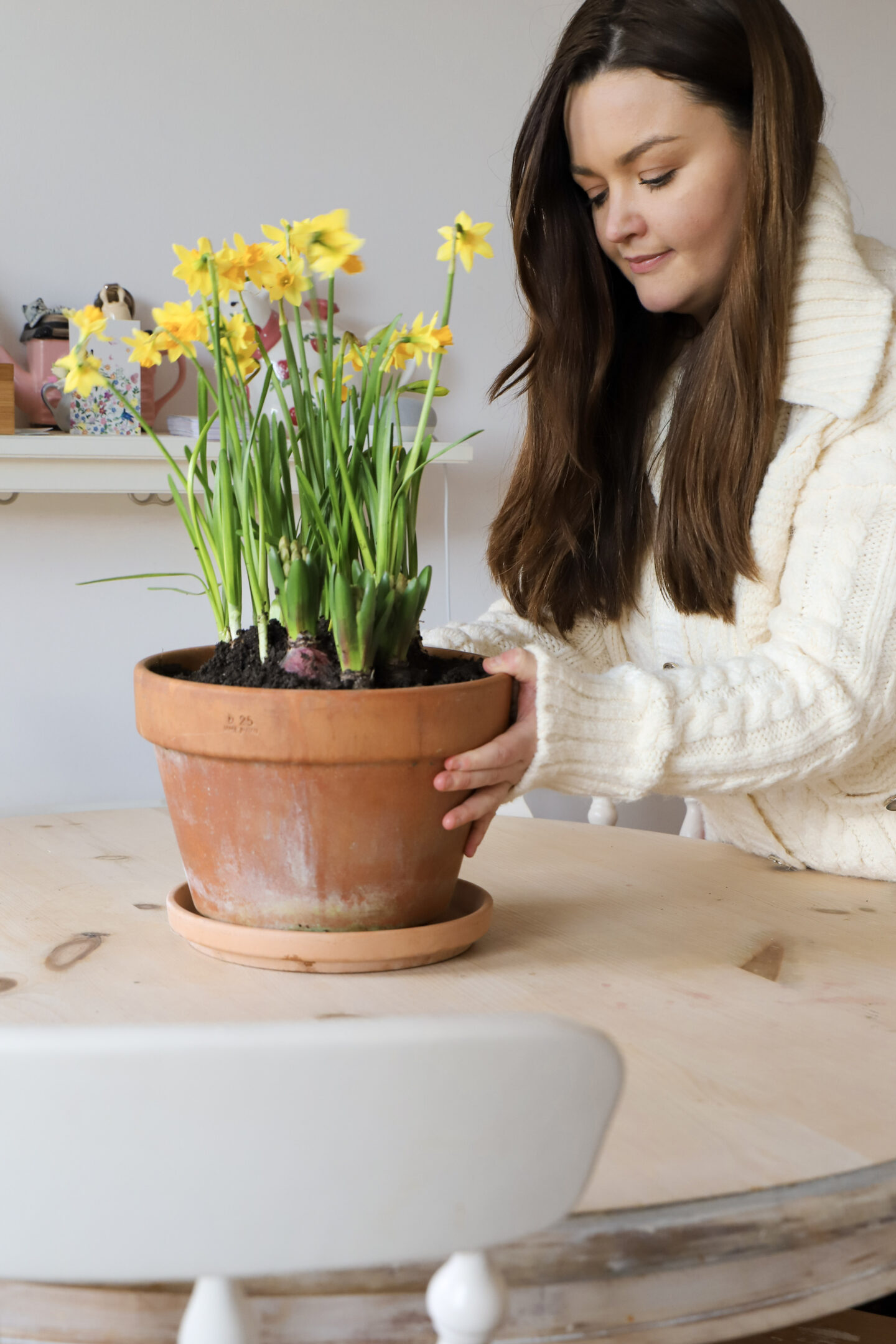
What are bulbs?
Bulbs are nature’s way of storing energy for future growth and flowering. They consist of a small, embryonic plant surrounded by layers of fleshy scales or protective coverings. This allows bulbs to lie dormant during the harsh winter months and then burst forth with life as the weather warms up in spring.
One of the most remarkable aspects of bulbs is their incredible diversity. From bright daffodils and elegant tulips to regal lilies and beautiful hyacinths, there is a bulb for every gardener’s taste. Each type of bulb has its own unique charm, making the process of choosing and planting them an exciting venture in itself.
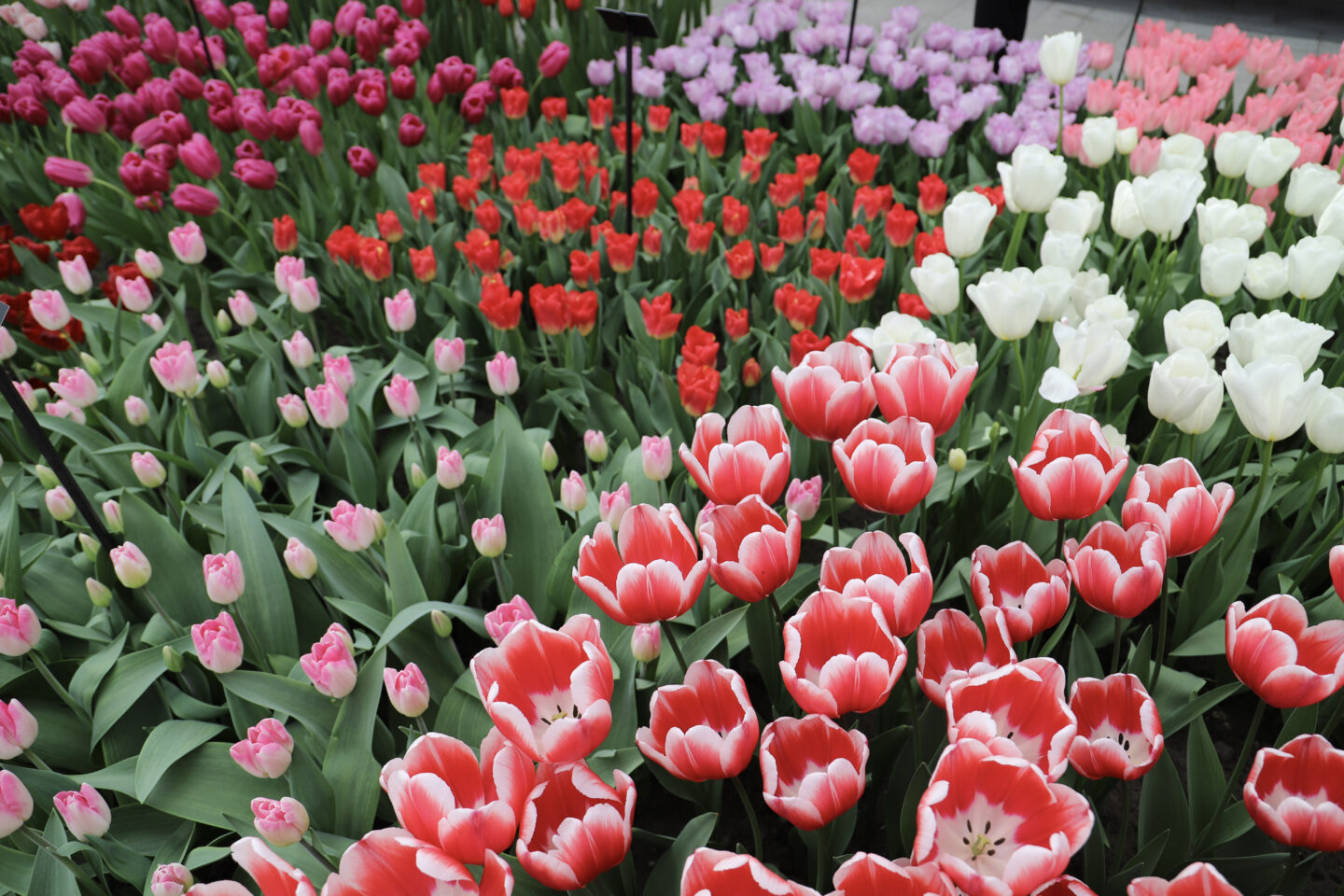
How to select the right bulbs?
Before delving into the planting process, picking the right bulbs for your garden is crucial. Here are some key factors to consider:
a. Climate and Hardiness Zones: Different bulbs thrive in different climates. Before buying bulbs, familiarize yourself with your hardiness zone and select bulbs that are best suited to your area’s temperature and conditions.
b. Soil Type: Bulbs prefer well-draining soil. If the soil is heavy and tends to retain water, consider amending it with organic matter to improve drainage.
c. Sunlight Requirements: Some bulbs thrive in full sun, while others prefer partial shade. Determine the sun’s patterns in your garden and choose bulbs accordingly.
d. Blooming Times: Bulbs bloom at different times in spring. Plan your bulb selection strategically to ensure a continuous display of colours throughout the season.
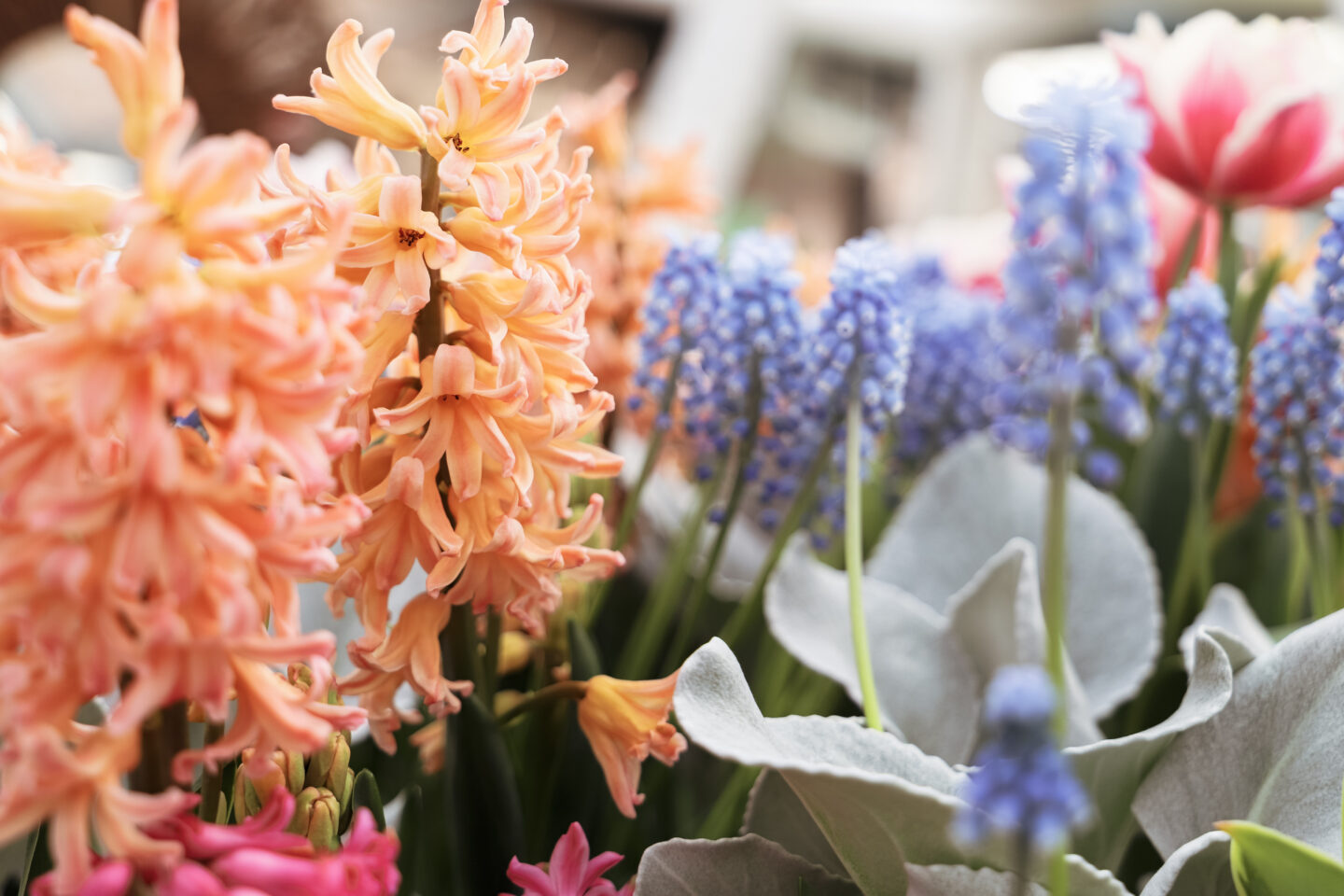
What bulbs can I plant in Ireland?
In Ireland, autumn presents a perfect opportunity for gardeners to embrace the magic of bulbs and create a vibrant spring display. Several types of bulbs thrive in Ireland’s temperate climate, adding splashes of colour to any garden.
One of the most beloved choices is the daffodil, loved for its sunny disposition and early appearance. As winter gives way to spring, these bright blooms carpet the Irish countryside, lifting spirits with their golden hue.
Additionally, with their vast array of colours and elegant forms, tulips find a welcoming home in Irish gardens. Their vibrant hues bring a touch of grace to any outdoor space.
The stately lilies reign supreme for those seeking a regal touch, flaunting their majestic presence and captivating fragrances.
Lastly, hyacinths, with their heady perfumes, enchant the senses and create an inviting ambience in any garden.
By judiciously selecting these bulbs and planting them in autumn, Irish gardeners can ensure a breathtaking spring show that will enchant the air.
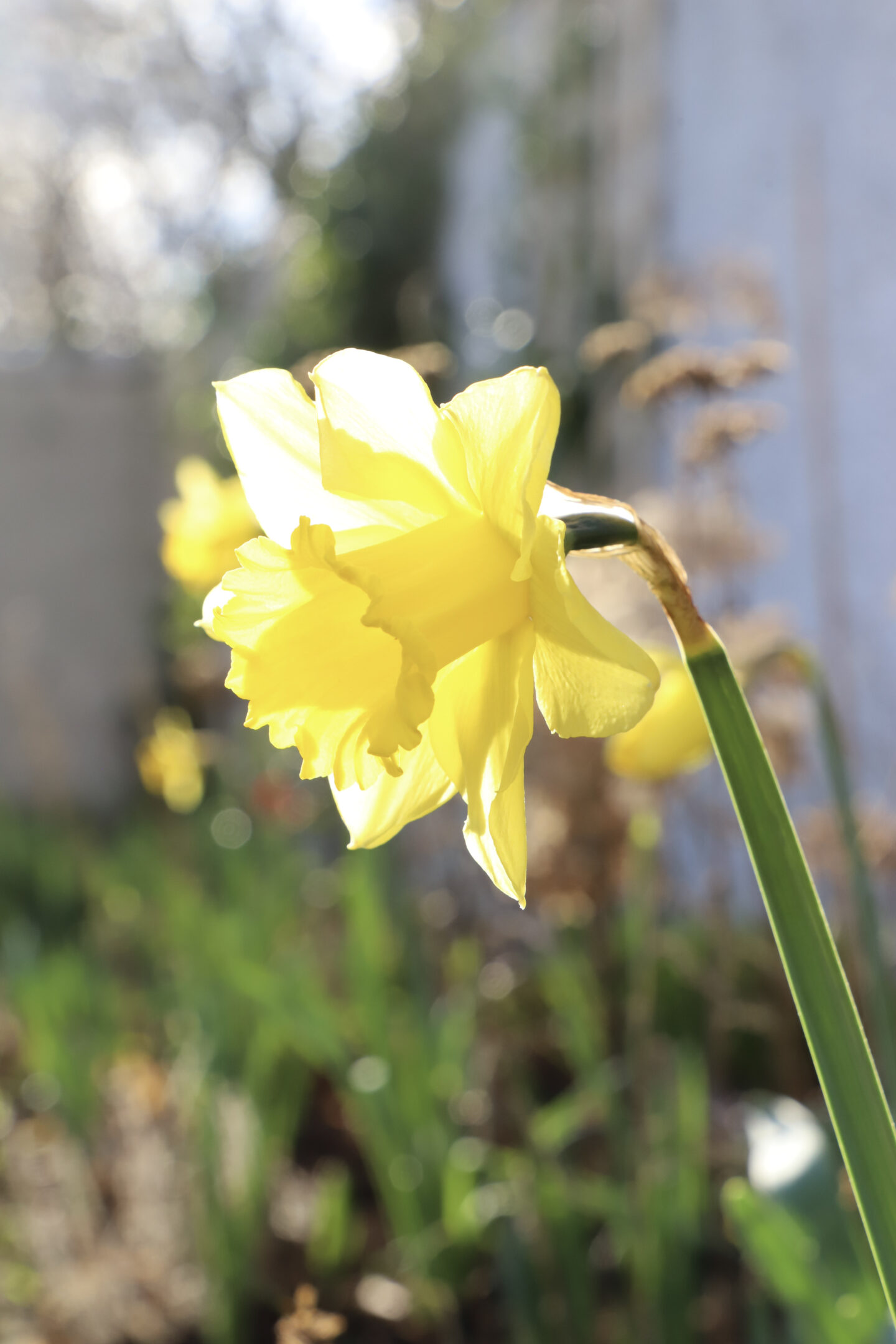
What is the best month to plant bulbs?
Timing is crucial when it comes to planting most spring-flowering bulbs, and it is recommended to do so approximately 6 to 8 weeks before the soil starts to freeze. For those residing in growing zones 4-5, the prime planting time is mid to late October.
Meanwhile, gardeners in zones 6-8 are better off waiting until November to plant their bulbs. However, an additional step is required in warmer regions like zones 9-10, as most spring-blooming bulbs need to be chilled before they can be planted in the soil.
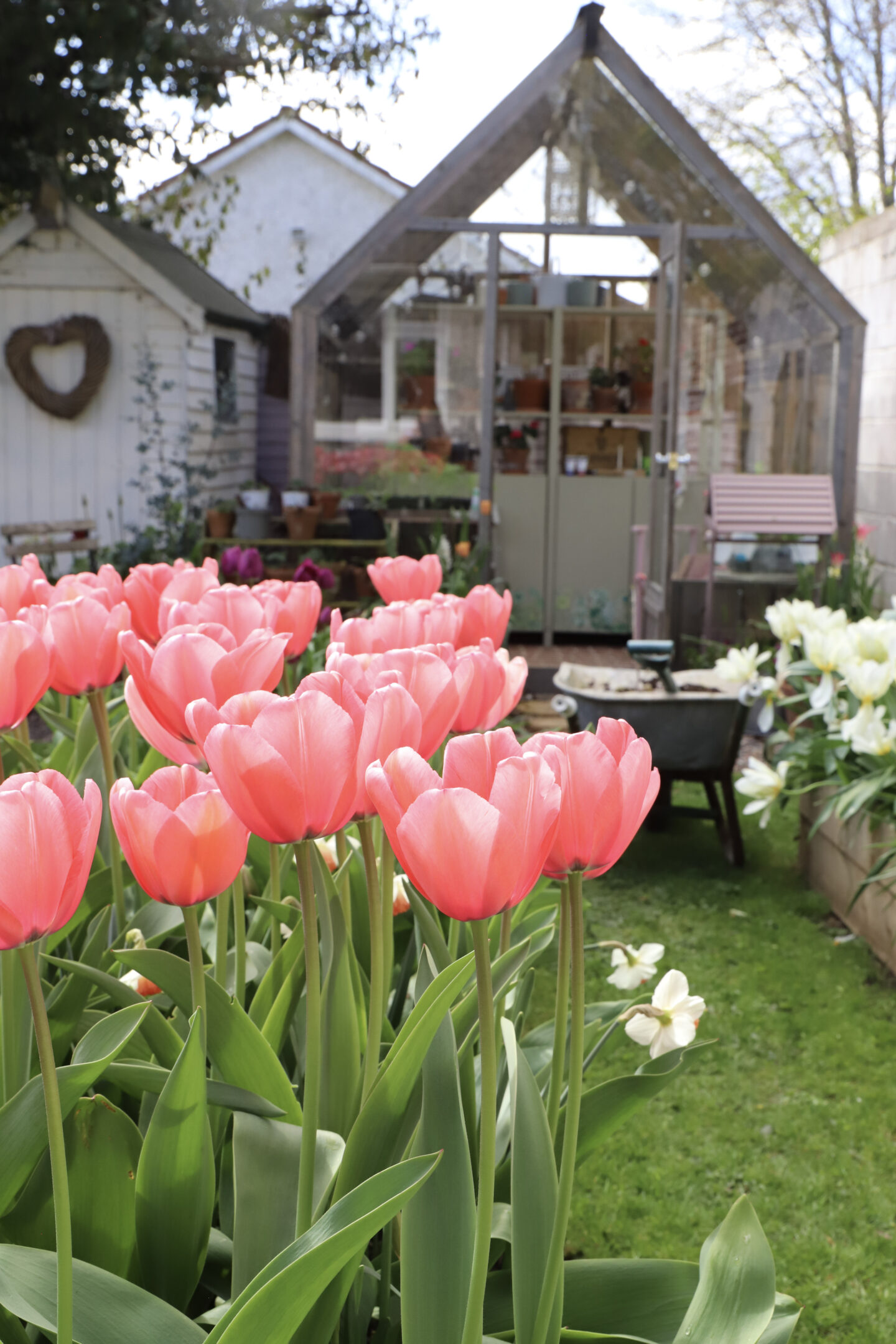
How to prepare the garden for planting?
Autumn provides an opportune time to prepare the garden for the bulbs’ arrival. Follow these steps to create the perfect environment for your bulbs to flourish:
a. Clear the Ground: Remove any weeds, debris, or spent annuals from the planting area. This ensures that the bulbs receive adequate nutrients without competing with unwanted vegetation.
b. Loosen the Soil: Use a tiller or garden fork to loosen the soil to about 12 inches deep. This allows the bulbs’ roots to penetrate quickly and encourages healthy growth.
c. Add Organic Matter: Enrich the soil with well-rotted compost or aged manure. Organic matter enhances the soil structure and fertility, providing a nourishing foundation for the bulbs.
d. Layout and Design: Plan the layout of your spring bulb garden. Consider factors such as colour combinations, heights, and bloom times to create an aesthetically pleasing and harmonious display.
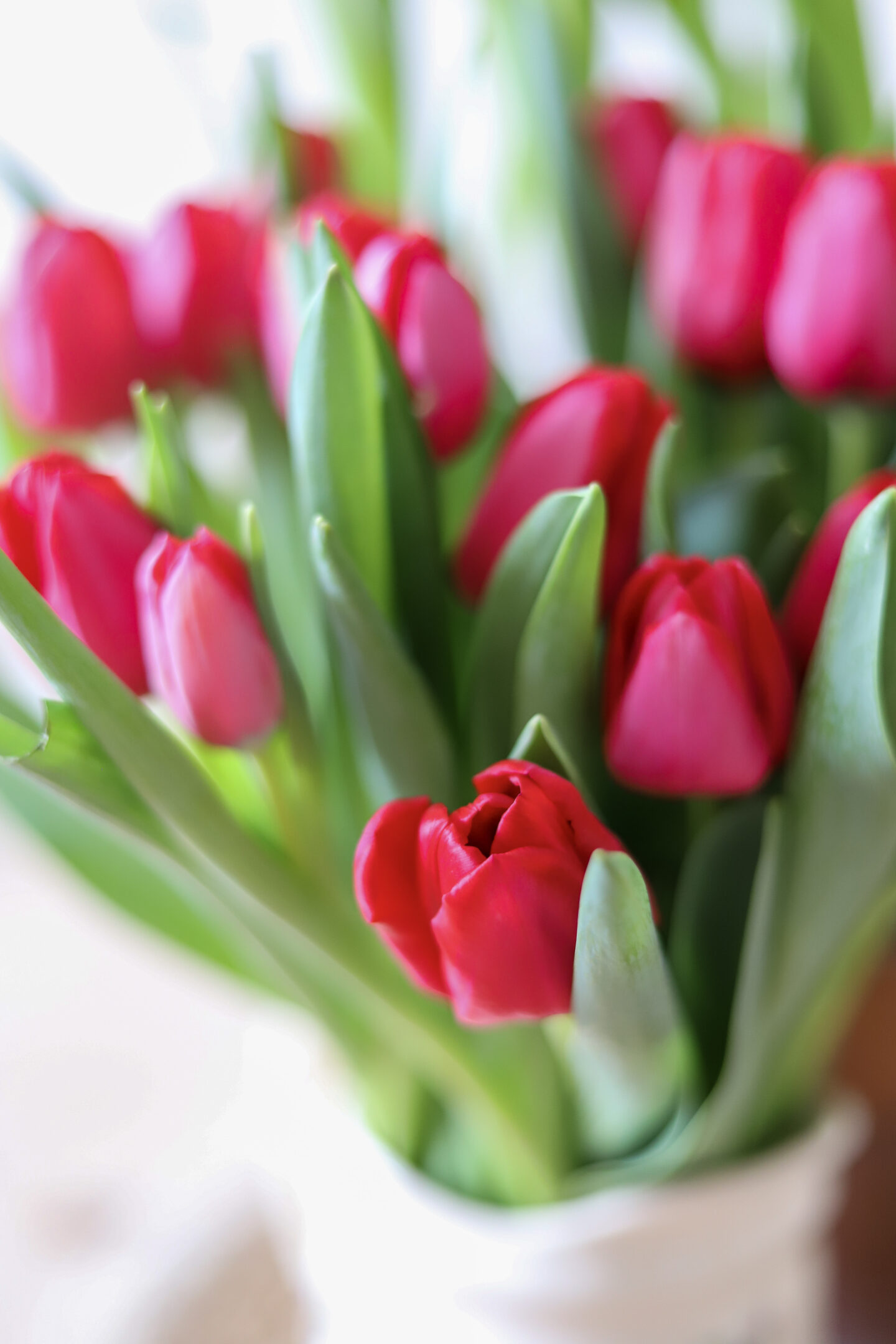
How do you arrange bulbs for planting?
Strive to plant your bulbs in groups of at least eight or more bulbs. Moreover, consider planting as many groupings as you can fit, taking into account the amount of bed space you wish to dedicate to your bulbs.
If you have an average-sized garden bed, arranging around 30 bulbs into at least three groups should ensure a delightful colour payoff come springtime.
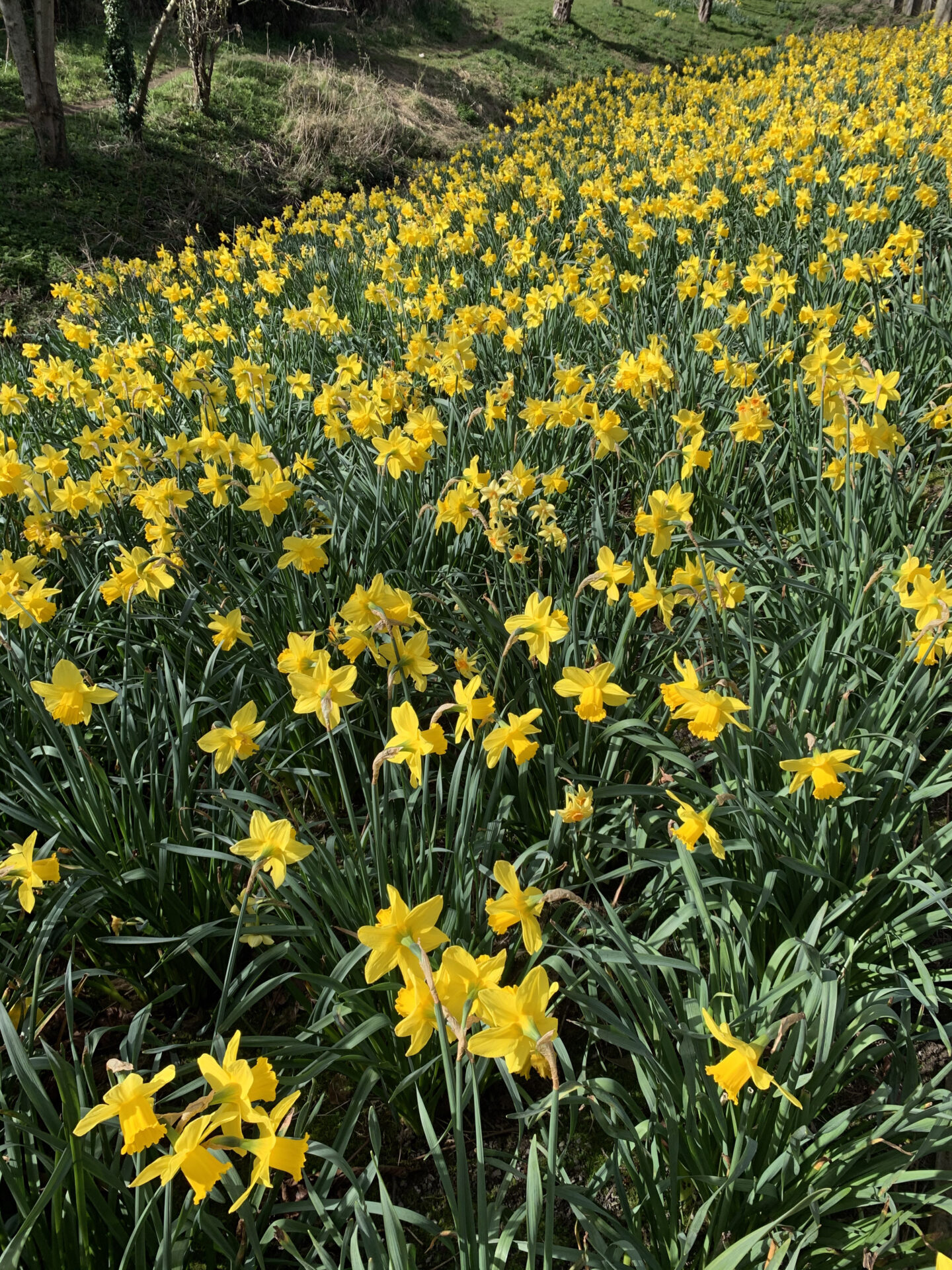
How to plant bulbs?
Once you set the stage, it’s time to plant the bulbs. Follow this general guide for a successful planting process:
a. Timing: Timing is crucial when planting bulbs. It is best to wait until the soil has cooled down before it becomes frozen. For most regions, this falls somewhere between late September to late November. Planting too early may lead to premature sprouting, while planting too late may not give the bulbs sufficient time to establish their roots.
b. Planting Depth: The general rule of thumb when planting bulbs is to plant them at a depth that is three times their height. Larger bulbs, like tulips, generally require deeper planting depths than smaller bulbs, like crocuses.
c. Spacing: Allow enough space between bulbs to ensure they have ample room to grow and spread their roots. Generally, space bulbs two to three times their width apart.
d. Orientation: Plant bulbs with their pointed ends facing upwards and their root ends facing downwards. This ensures that they grow in the right direction.
Aftercare and Maintenance
Planting bulbs continues after placing them in the ground. To ensure the best chance of success, provide them with proper aftercare and maintenance:
a. Watering: After planting, water the bulbs thoroughly. This encourages root growth before winter sets in. In areas with little rainfall, water occasionally during the winter months if the soil is dry.
b. Mulching: Apply a layer of organic mulch over the planted area to insulate the bulbs and protect them from extreme temperature fluctuations.
c. Protection from Pests: Look for potential pests like squirrels and rodents that may dig up and consume the bulbs. Using wire mesh or planting bulbs with daffodils (unpalatable to most pests) can deter them.
d. Fertilization: As the shoots emerge in the spring, apply a balanced fertilizer to provide the bulbs with the necessary nutrients for flowering.
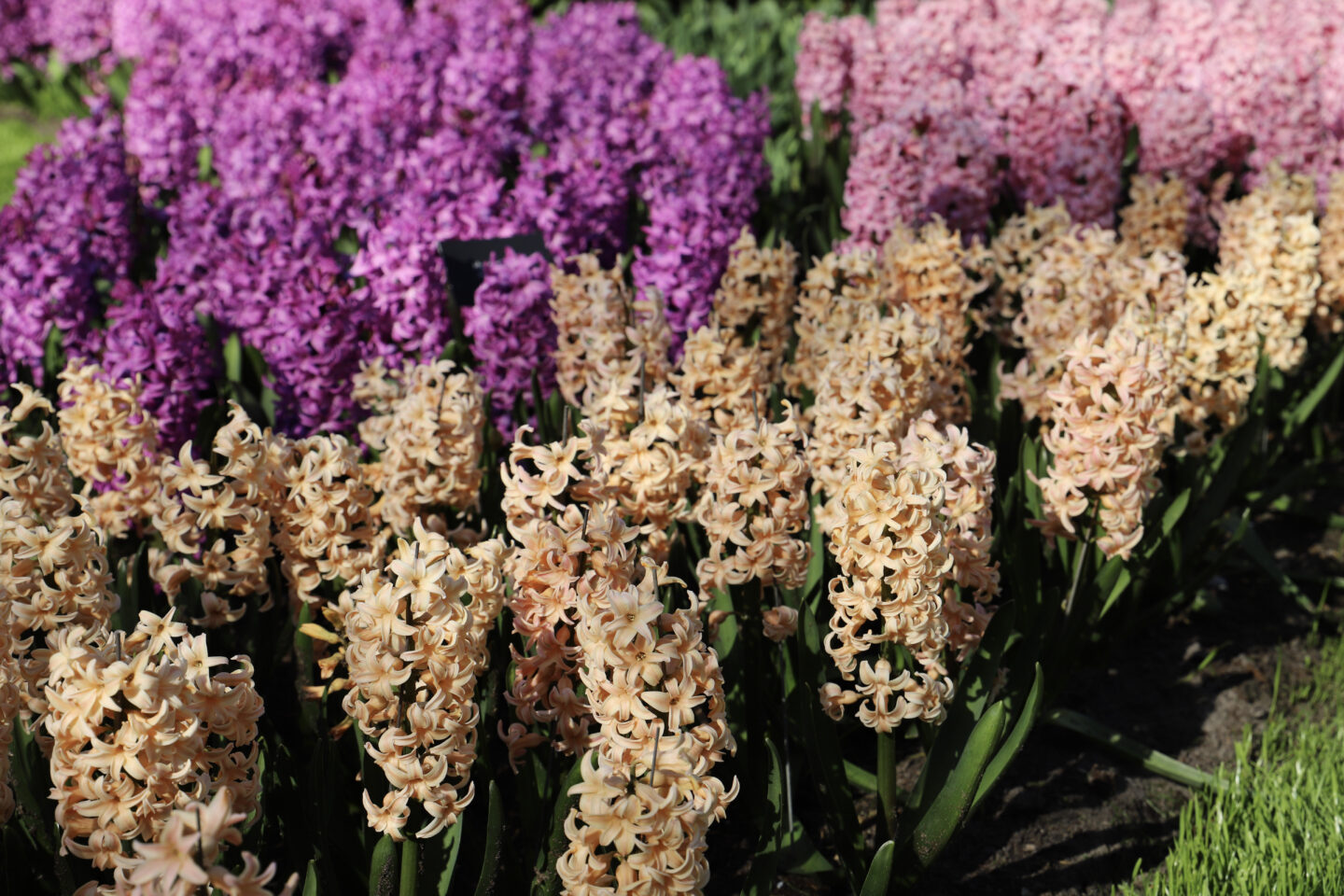
Happy Planting!
Planting bulbs in the autumn is akin to sowing a garden of dreams. Moreover, the anticipation of witnessing these botanical marvels emerge from the earth in spring serves as a testament to nature’s resilience and beauty.
Above all, by applying careful planning, the right selection, and proper care, you have the power to transform your garden into a breathtaking symphony of colors and fragrances. Once each bulb is carefully placed in the ground, your outdoor space becomes a canvas waiting to be painted by the brushstrokes of Mother Nature’s artistry.
So, don’t hesitate to embrace the promise of autumn and indulge in the timeless joy of planting bulbs. Not to mention, this gratifying endeavor sets the stage for a spectacular spring garden, one that will undoubtedly inspire awe and wonder for years to come. Happy gardening!
If you would like to watch more videos and pick up some more garden tips, check out the Cottage Garden Playlist on YouTube, where you will find a new video every Sunday! Or click here for more garden posts.

